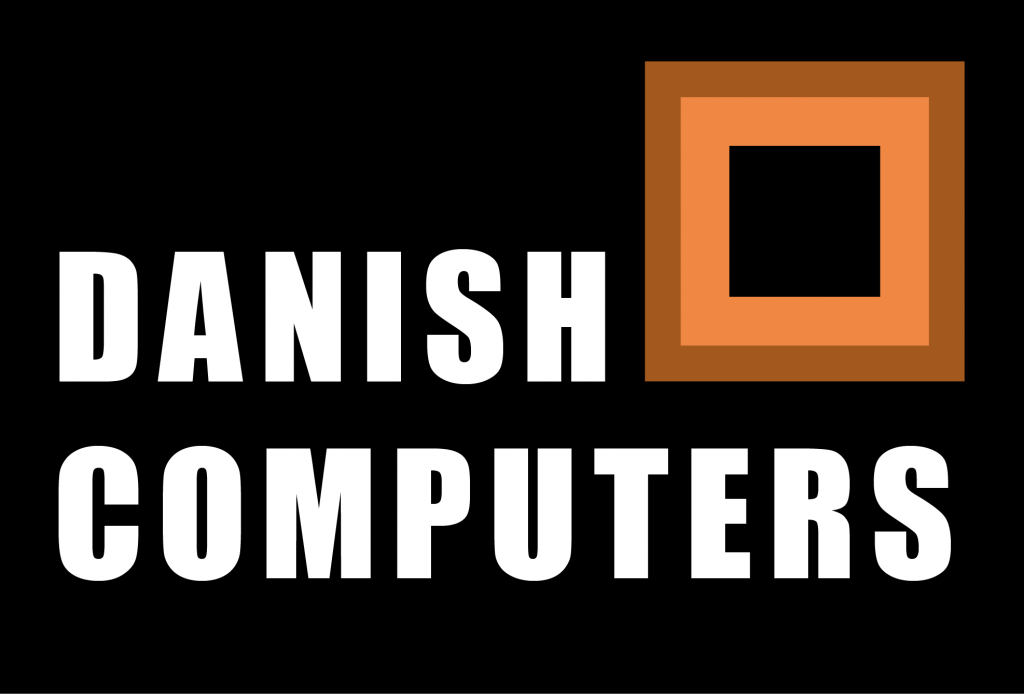

This page is a work in progress, it will most likely take a very long time to complete since most of the information we are going to present here will be original, which means it is a result of original research and reverse engineering from still existing systems and software.
If you have any hard- or software related to the machines on our page or any other Danish systems I will be very pleased to hear from you. My e-mail address is mikkel@mikjaer.com and my phone number is +45 41 28 28 08, please don’t call me during office our(CEST) since I have a day job to tend to.
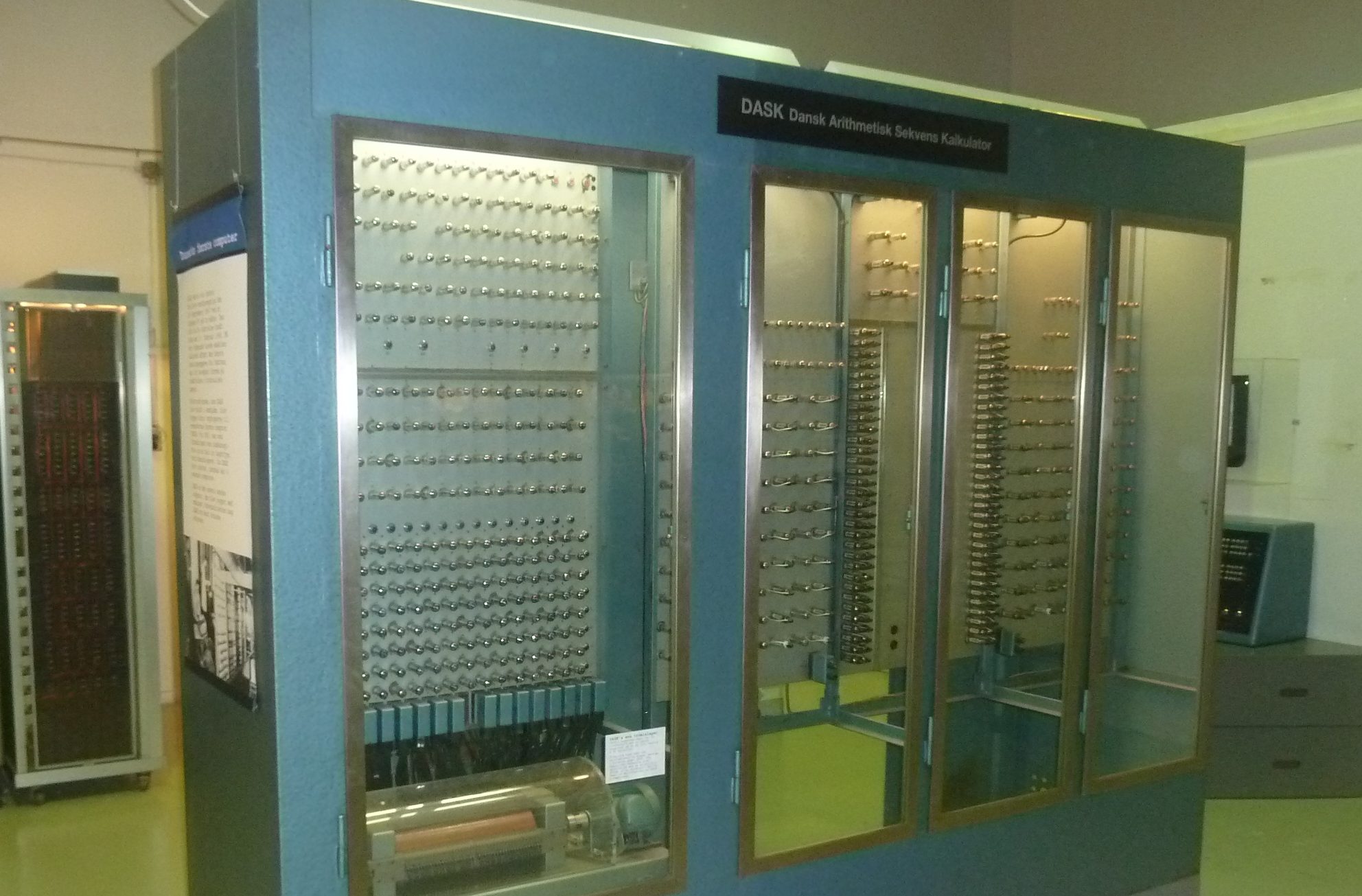
Danish Arithmetic Sequence Calculator, the first danish datamachine, widly known as the "electron brain" since it was used in live television covering the general danish election in 1960 where it was used for forecasting an analysis.
The machine was literally built into a house in a suburb of Copenhagen, a 3.5 tonne first generation computer, the flooring had to be re-inforced and a machine-workshop was built in the basement so the local technicians could maintain and develop the machine during its livetime.
Read more about DASK.
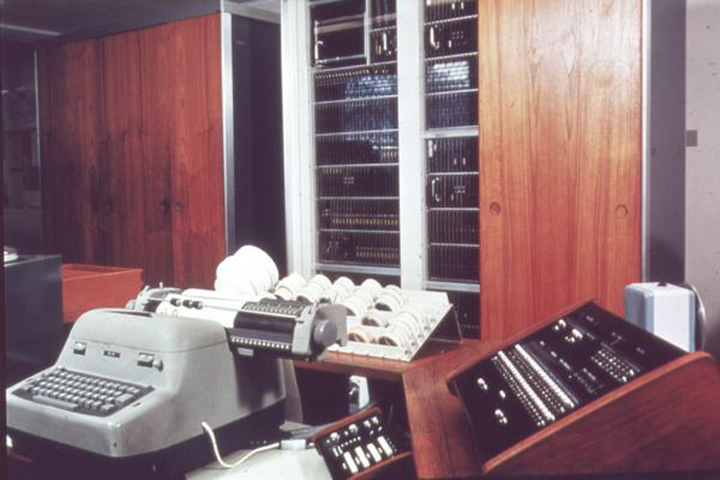
Geodeatic Institue Electronical Calculator, the second danish computer, a so called second generation computer, since it was made from transistors it was both more reliable, smaller, cheaper, faster and mass-produceable, around 40 systems where sold at a price of about 5 million 2025-DKK Geir could fit in a medium sized office and required only minor changes in regard to electricity and cooling, and as such ended up being sold to various universities and laboratoriums in both West and Easteurope.
Read more about GIER.
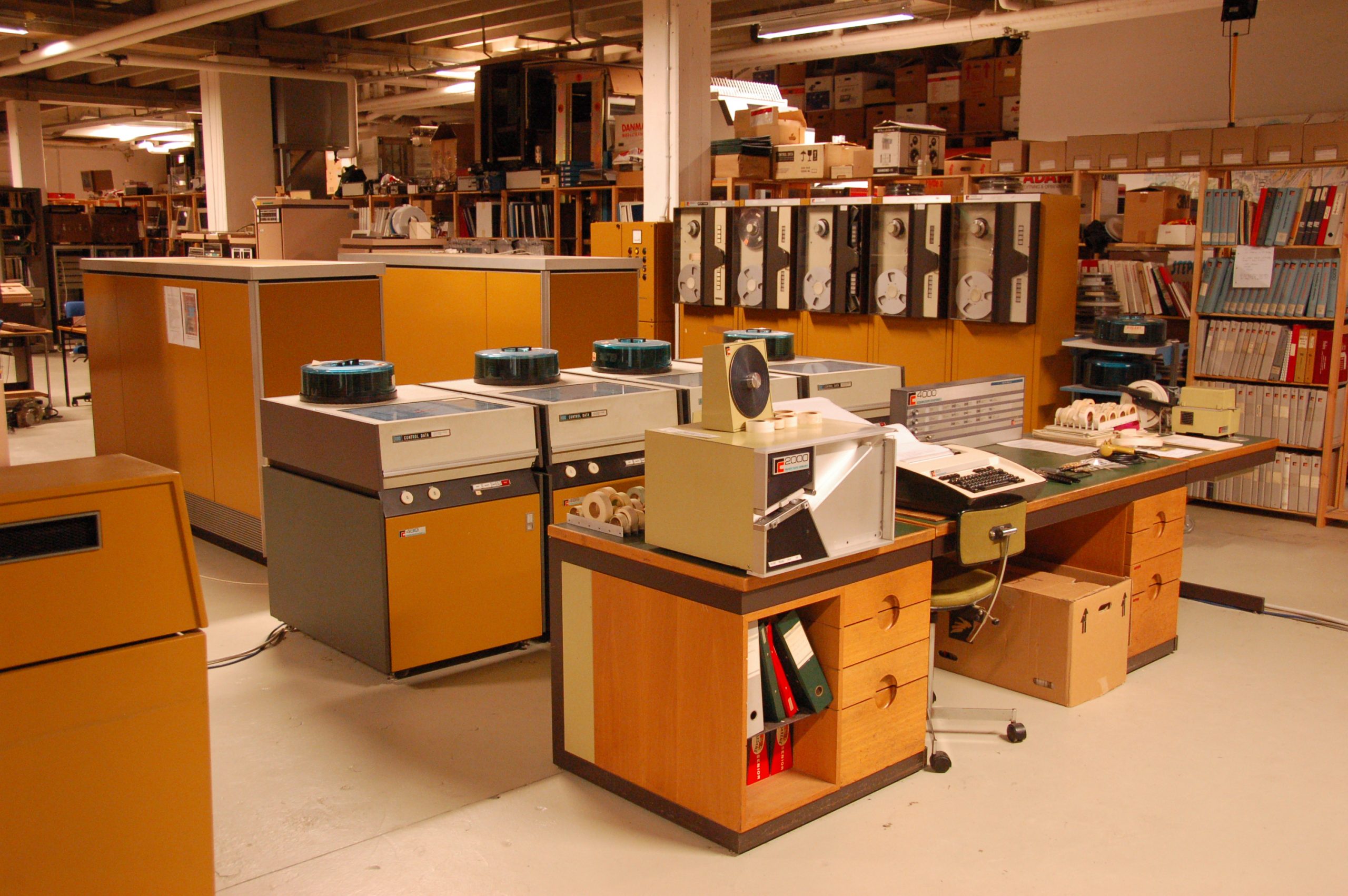
The thirds computer built by RegneCentralen, a third generation computer using integrated circuits in place of transistor and/or radiotubes in prioer generations, the last RC4000 was built in 1972 but hereafter the functionality of the RC4000 was still offered as a simulation solution on the RC3600 and later in 1975 the RC8000 allowing companies to keep running their software on more modern hardware.
It featured a wide range of peripherals suchs as drum-, tape- and harddrive based storage, graphical displays and plotters and it ended up being a terminal based system that allowed operators to use the systems remote for various operations.
You can read more about the RC4000 on the wiki of the Danish Datamuseum.
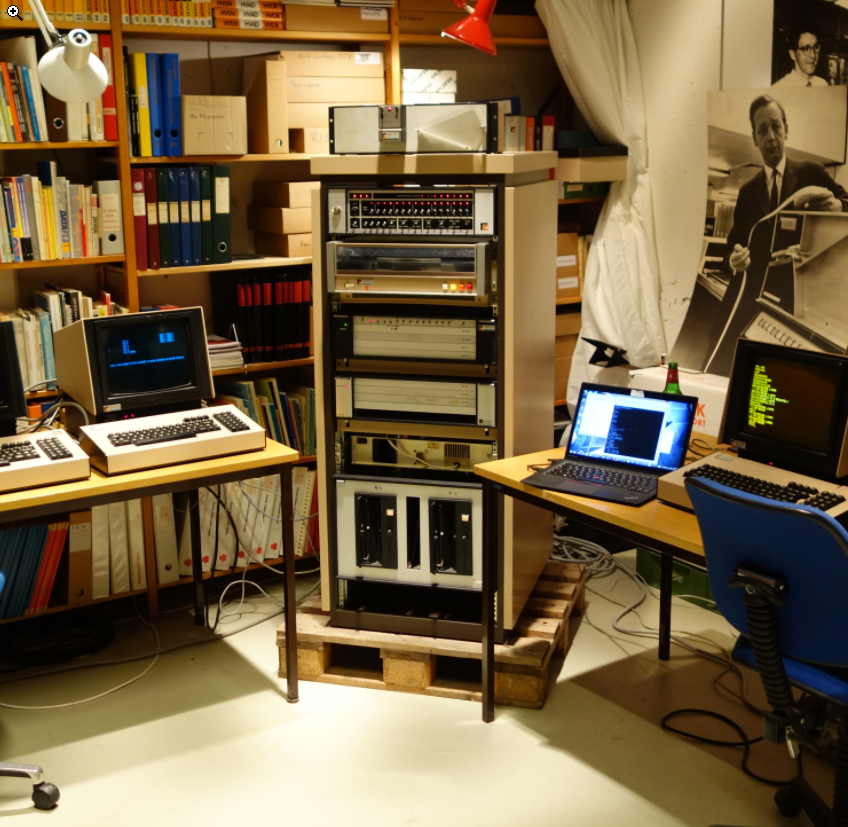
RC3600 was a re-branded Data General Nova mini-computer which where first sold as an appliance and later on as RC7000 sold as a general computer, the system ended up being built in Denmark on license from Data General.
More than a third of the initial batches of these machines where sold to schools and eductional institutions in Denmark, this was the machine that brought the danish programming language Comal to life for the first time.
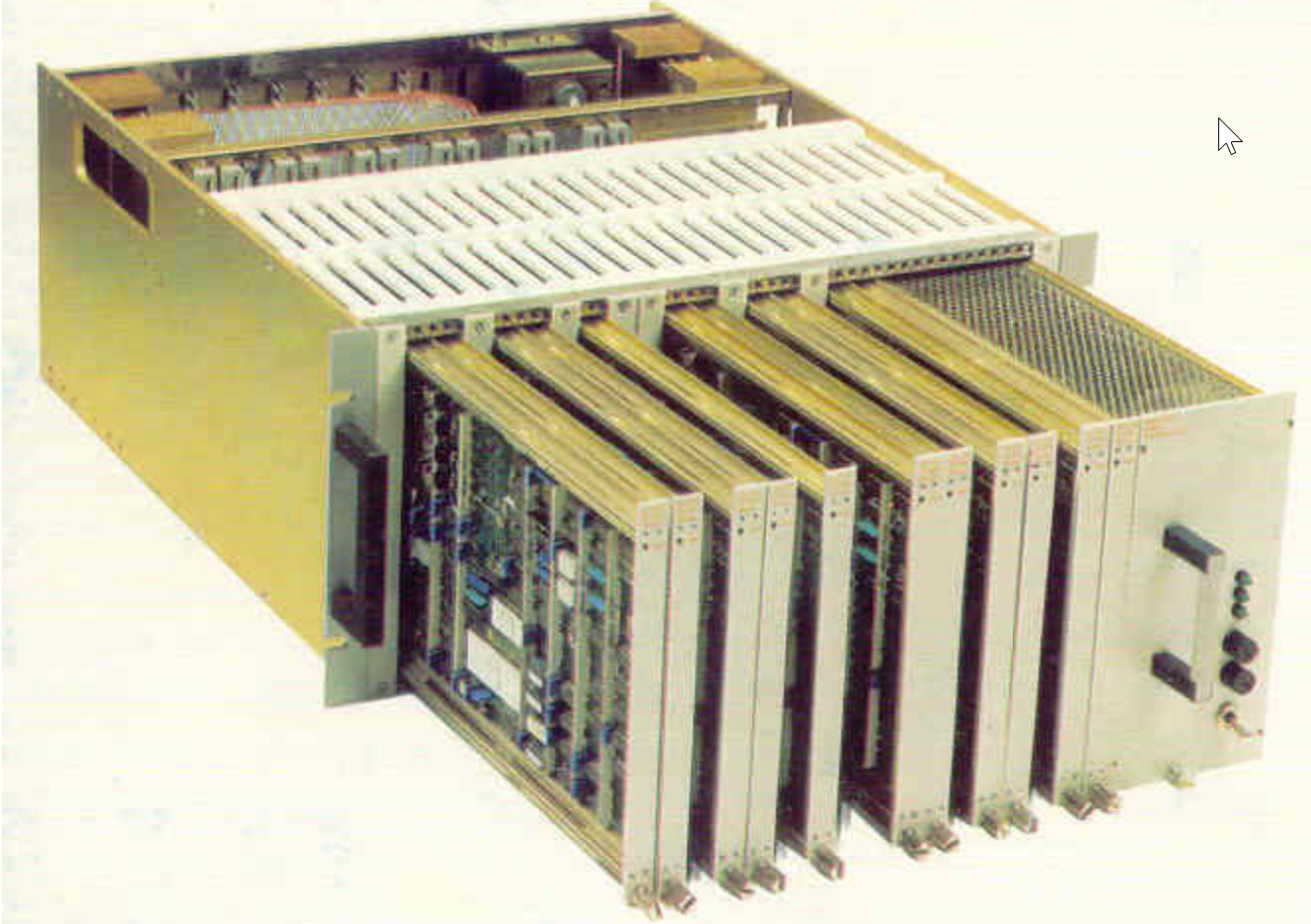
The CR80 was a danish developped 16-bit minicomputer with the goal of being a general, reliable and modular platform for various commerical applikations, and where used by the local danish radio and televison company - a general plane-ticket-ordering system with giants susch as Delta- and American Airlines as customers.
However the system was also available for smaller customers with general accounting, analysis and warehouse applications available.
Read more about CR80.
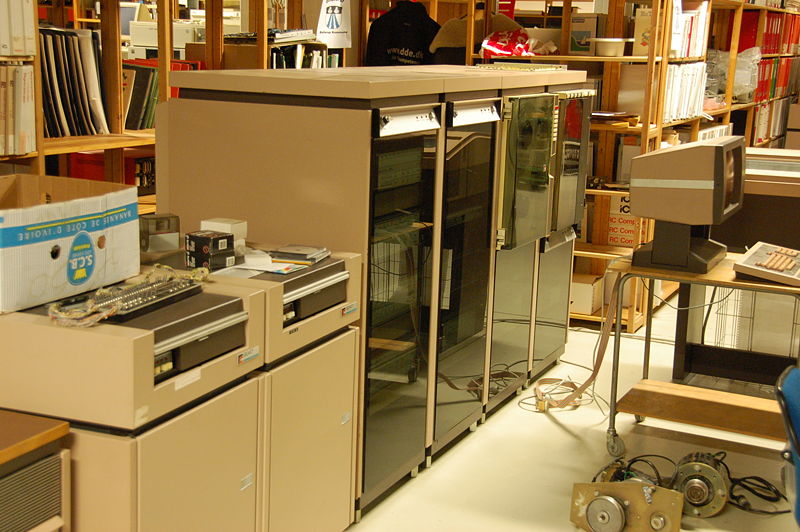
The successor to the RC4000 was designed to be able to run the same software but at the same time take advantage of the new devlopments within integrated circuit technology, where the cpu of the RC4000 consisted of houndres of smaller prints, the RC8000 only used a handfull of larger prints to acomplish the same degree of complexity.
It's hard to compare specification on these older systems, but from RC4000 to RC8000 the memory and storage limits wend from 384KB to 12MB and around 4MB to 128MB for the basic-models.
Read more about RC8000.
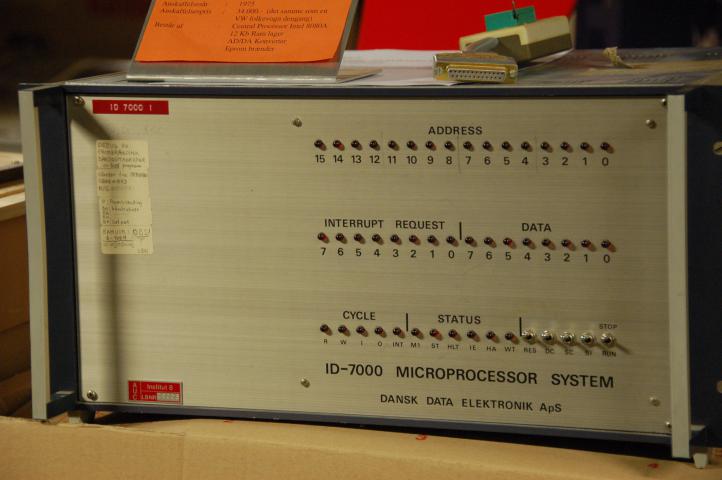
DDE, Danish Data Electronics, was founded in 1975 and released its first computer in 1976 primarily designed for data collection, process controll and monitoring, ID is short for "Industrial Datamachine".
The design was heavily inspired by the Altair 8800, featuring an Intel 8080 @ 2MHz, 2kb of static memory, 8kb of dynamic and 8kb of re-programmable ROM, with punch-tape and floppy drives as an option.
Read more abut DDE ID7000.
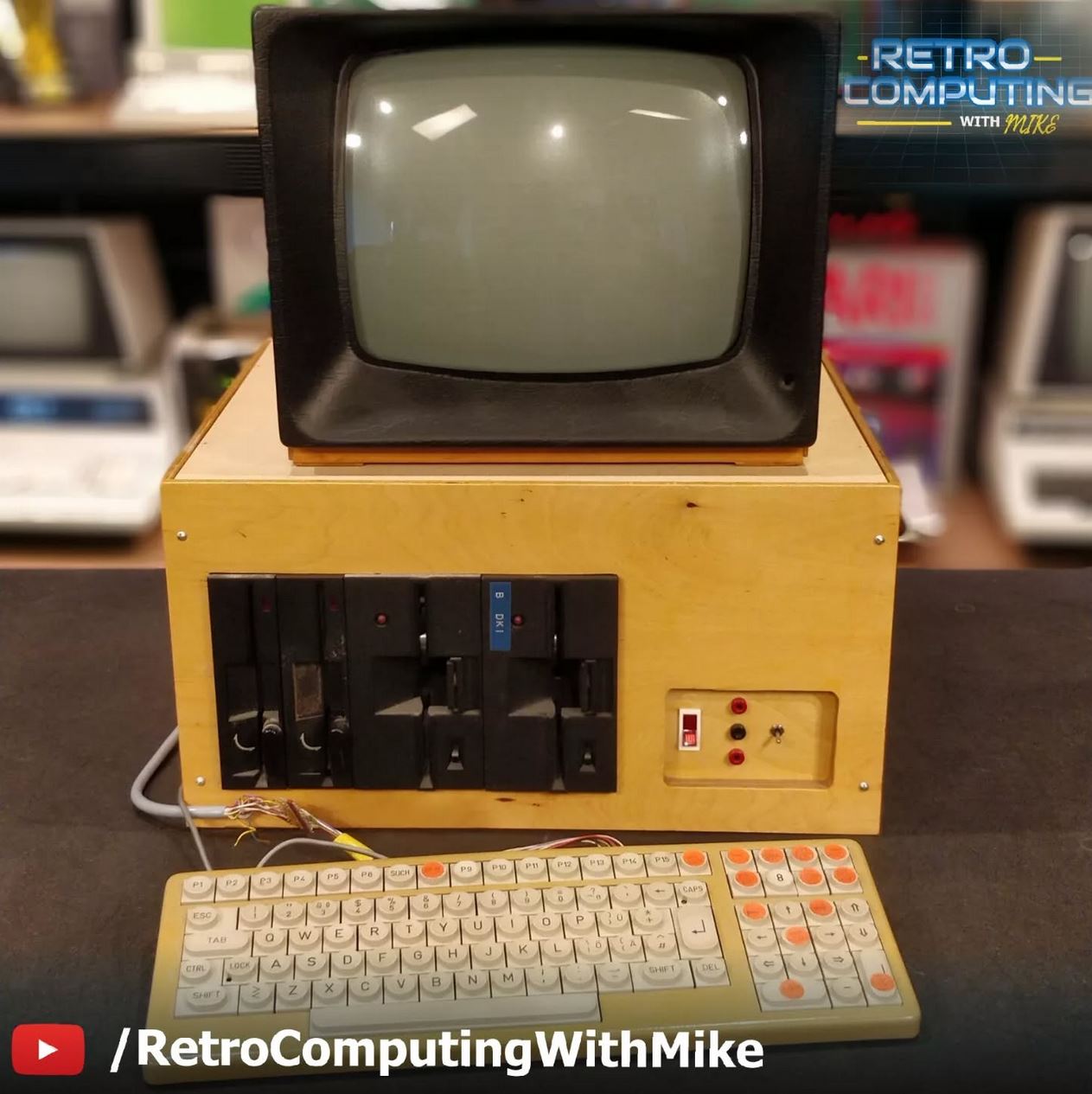
The MPS Computer was the first danish micro-computer, it was published as a dyi-kit in the magasin "Håndbog for datama amatører", in the same way as the American Mark-8 computer, Mark 8 was based on the Intel 8088 while the MPS Computer where using the newly released Zilog Z80 processor.
It was designed by a tiny core of ham-operator and after its release a small user-group was funded which handled the further development of the machine.
In the begining the machine had no operation system, think like the Apple 1 , but it ended up running CP/M with options for everything from hard- and ramdrives to modems and plotters, the user-group even ended up creating the first danish bulleting board system which also ended up being the first danish Fidonet node.

The MPS Computer was featured in a national danish newspaper where it was discovered by the creator of the danish programming language Comal, which convinced one of builders Mogens Pelle to create a commerical version of the computer to sell to Danish Schools.
This ended up sparking the Danish microcomputer race with ravage through the most of the 80s and ended by IBM and it's compatibles overtaking the Danish computer market.
The machine featureda 2Mhz Zilog Z80 and a digital Philips Mini Casette tape station for storage, first it was delivered with Comal as its operating system, but later CP/M became available for it, it was very short-lived though, the world only saw about 100 units of which many where called back and replace by successing models.
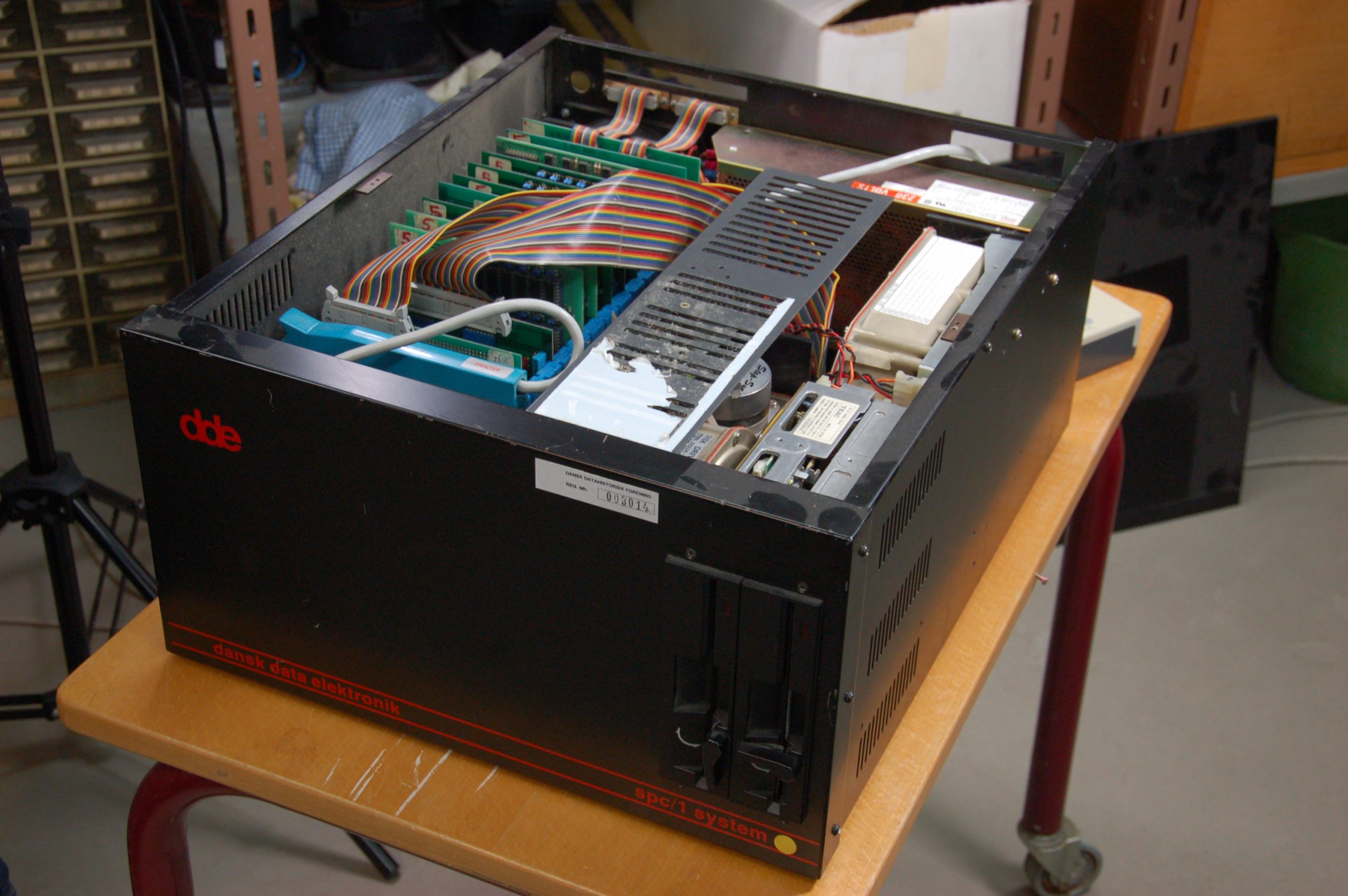
The successor to the ID-7000 is bus compatible but with an Intel 8085, this was a somehow the missing link between the classical mini-computer and the "to be" micro-computers of the 80s.
Build with an architecture like a mini-computer, but with the electronics and the scale of a microcomputer.
The system alowrr for 8 users with their own terminal to run their own software with shared storage, so accounting software, databases and such could be accessed simultaneously by several employees.
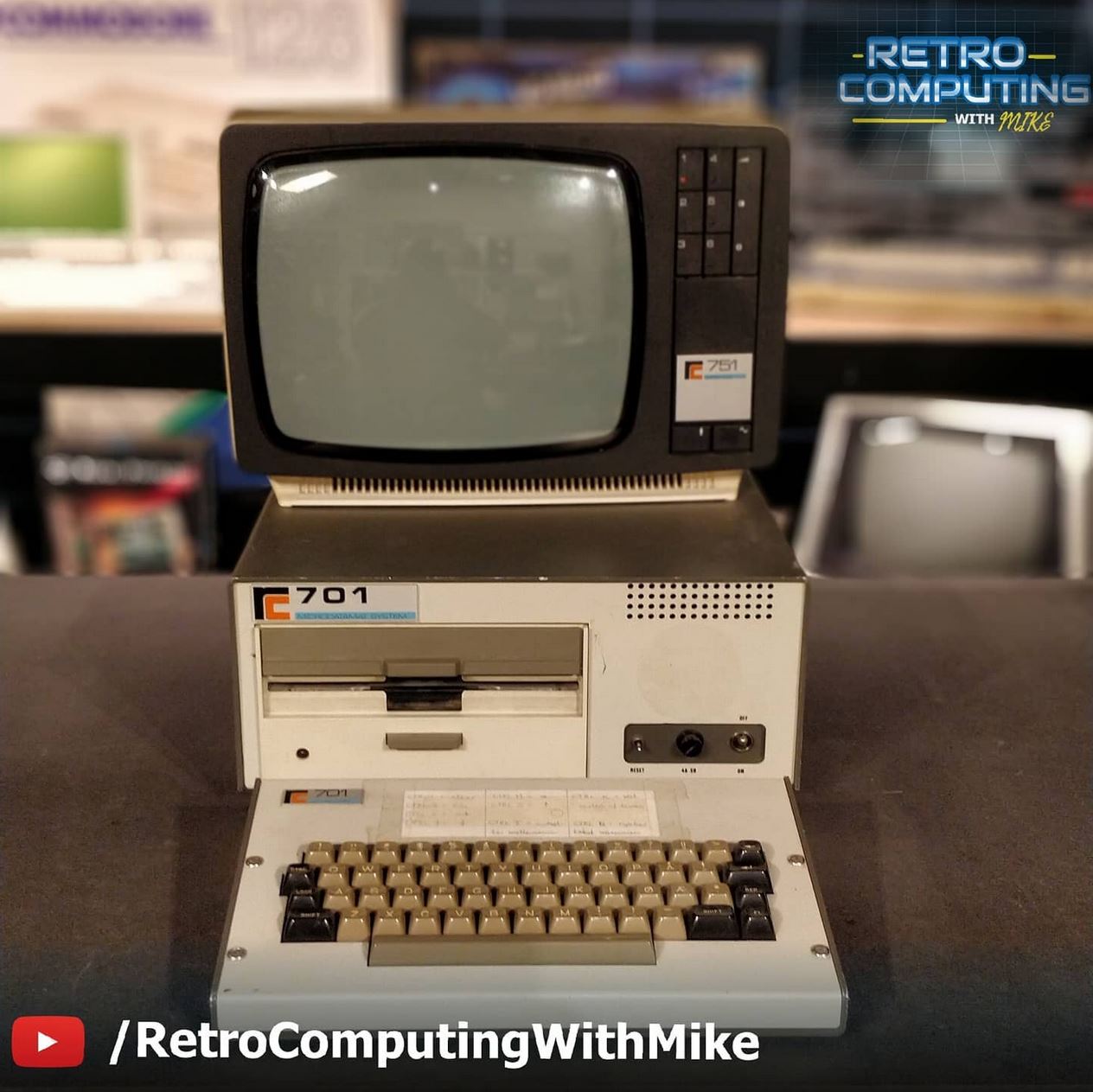
During the final months of 1978 regne centralen released their first microcomputer, a Zilog Z80 based system heavily inspired by the MPS Computer and the Comet 2000.
Several of their customers had rejected offers to purchase larger minicomputers and Regne centralen had in fact gone bankrupt in 1979, so one of their attempts for a comeback was this system, which ended up becoming quite populair selling thousand of units for years to come.
First the system was sold without an operating system of its own, you could boot directly into ID Comal or a terminal program, bit later on CP/M became available for it.
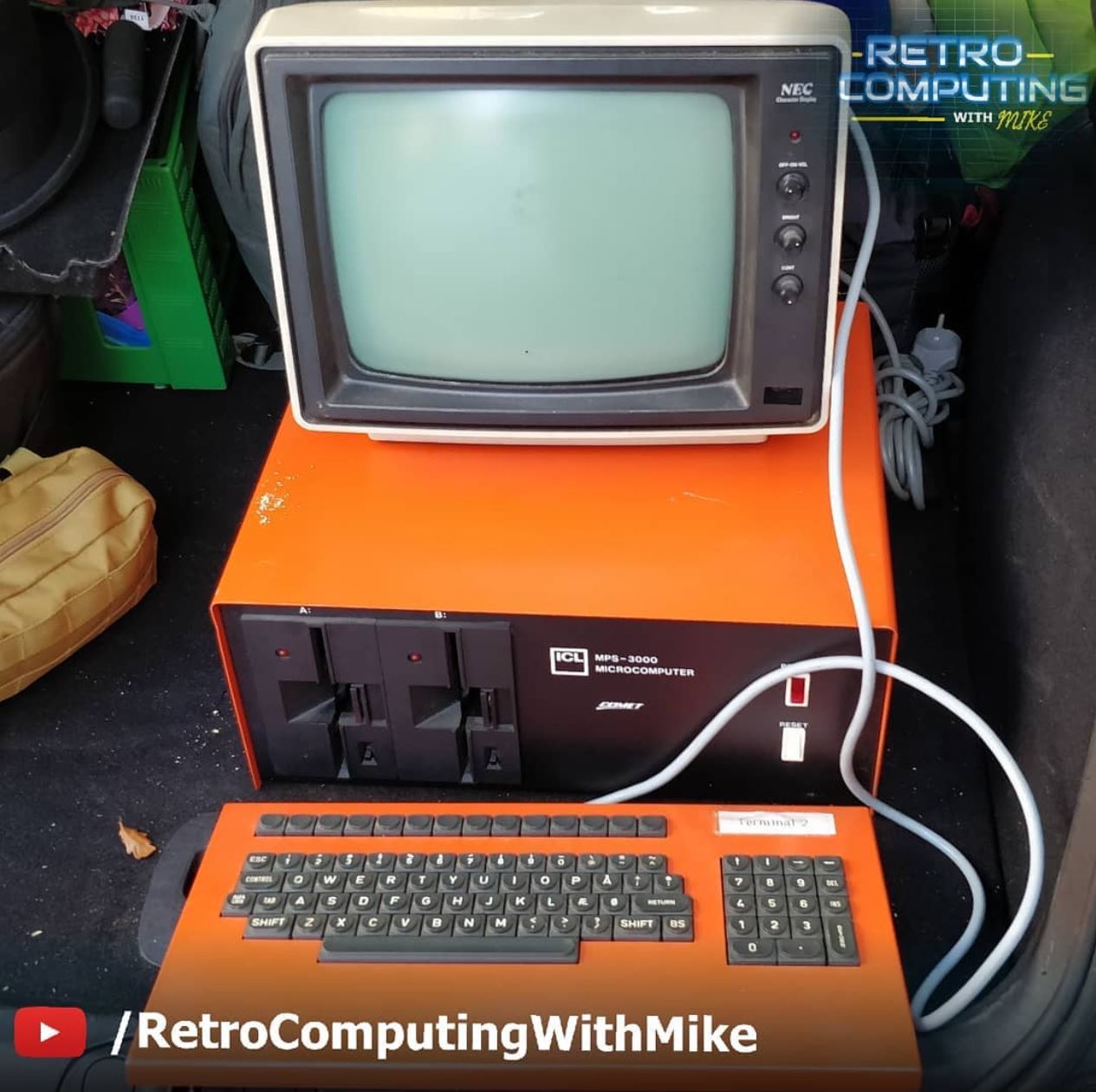
This was a really fast successor to the MPS-2000, actually the whole design was switched out with one the factory hired to produce the MPS-2000 already had designed and used for processcontrol applications for a few years, this only needed a floppy-drives, keyboard and a monitor - which made it into a much more useable system than the tape-based predasessor.
The base model came equipped with a Zilog Z80 @ 2Mhz and 32kilobytes of memory, upgradeable to 64kilobytes and two 80kb 5.25" floppydrives, running CP/M with a text-only display.
The system where locally produced and made out of sheet metal, making the whole thing very suites for used in an educational context where you would ensure that the students would break before the computer did.
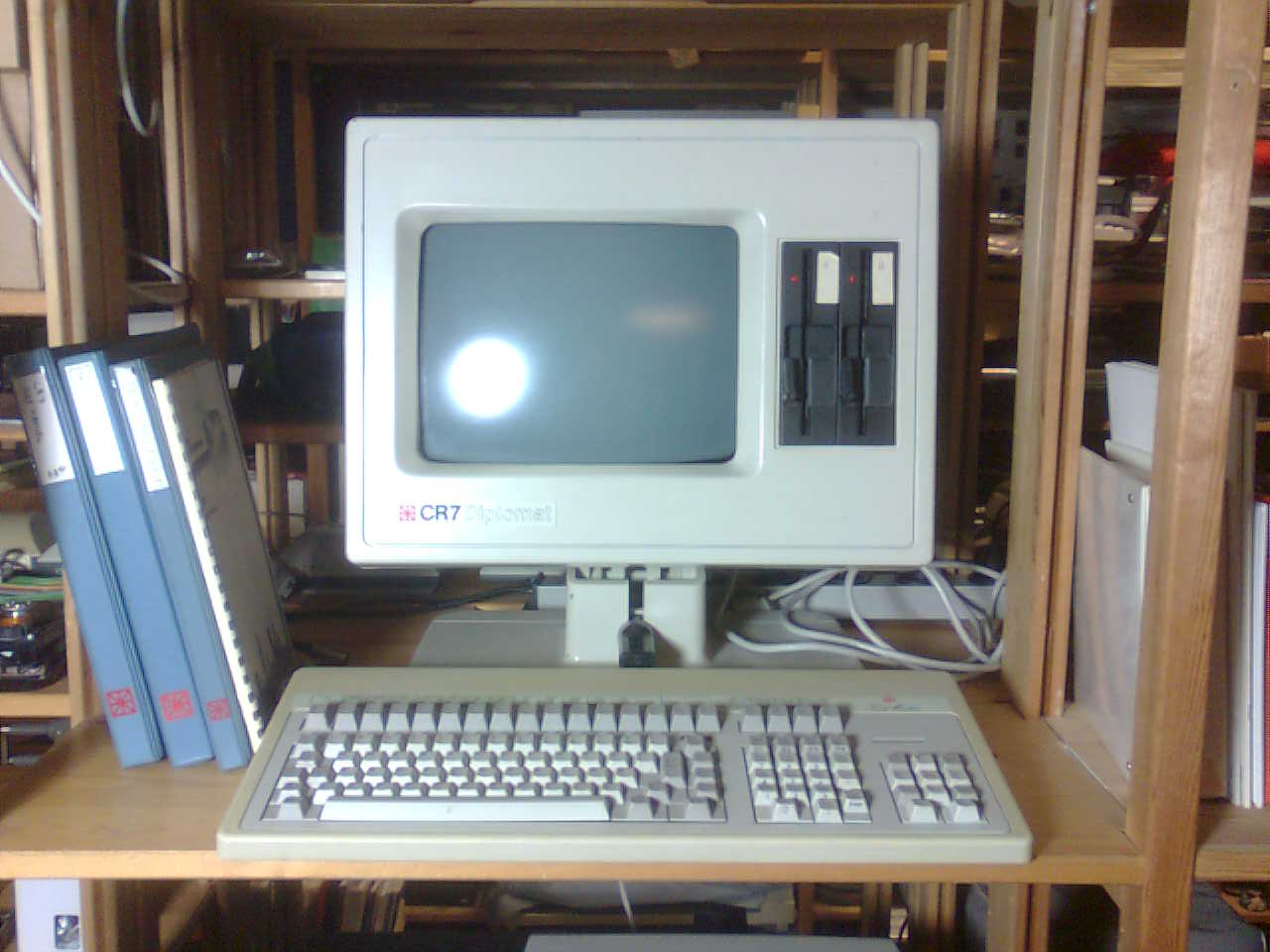
CR7 was a Micro Computer developped by the danish company Christian Rovsing A/S, the company delivered mission critical solutions and touches almost every part of anything interesting in tech in the 70s and 80s, everything from F16 to satelites and fintech.
The machine itself was a 4Mhz Zilog Z80 bassered CPM system sold in various configurations from a dumb terminal to a full system with two floppy drives and a 5MB hard drive.
One of its biggest usages was as a terminal for something the company called the x-net, which we don't really know that much about yet.
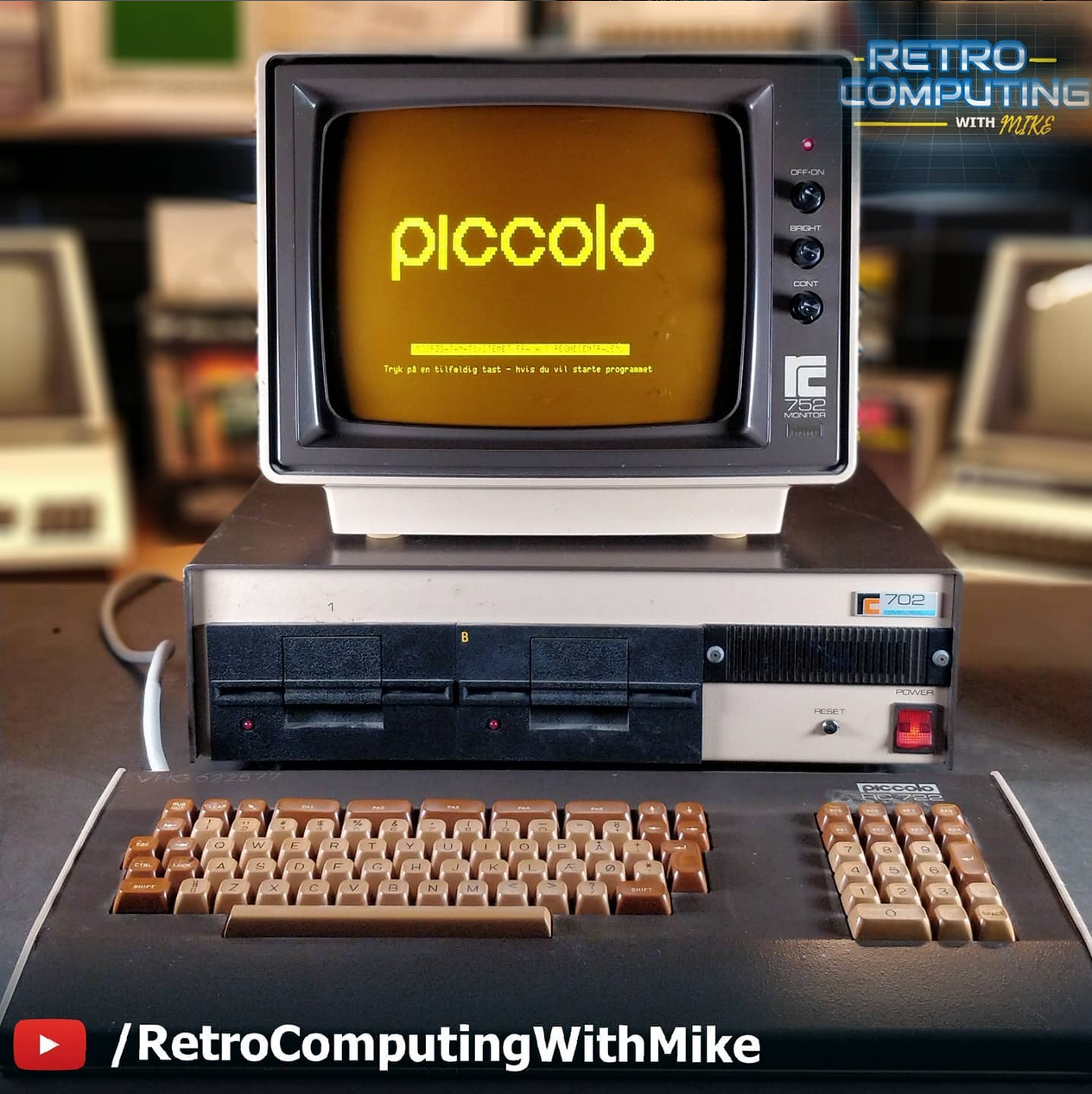
The RC702 was released less than a year after the 701, and became the most common model since the 701 wasn't really suited for serial-production and was not even fully compatible with never models.
The RC702 had two 5.25" drives with 36 tracks, later upgraded to 80 (where the machine was also renamed to 703) and with the same limitations as all the other 8bit micros of the era, high resolution graphics, network, multi-user systems and other similair features where added durin its realtively short livetime.
Read more about the RC700 series.
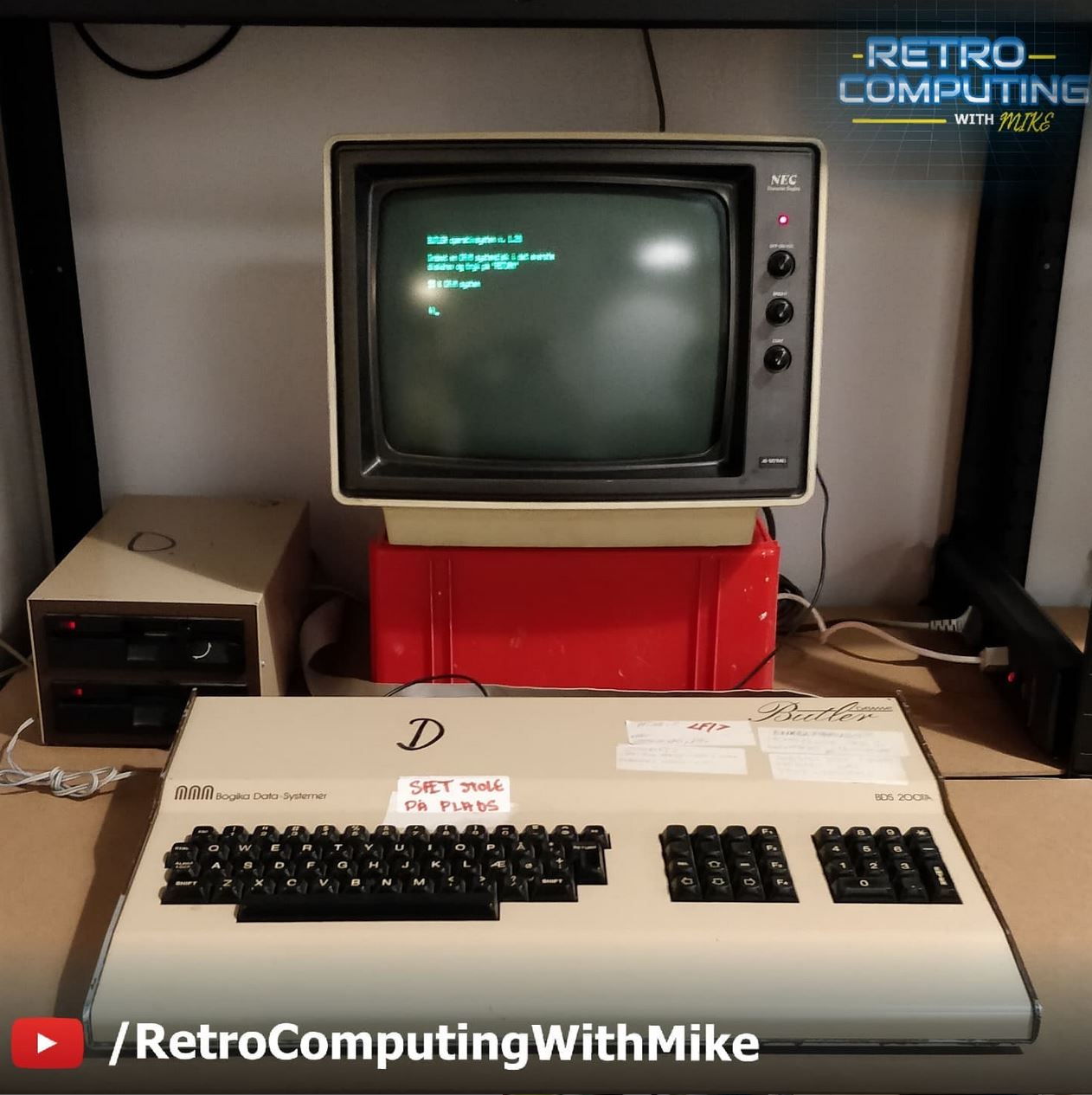
After being booted from the MPS-2000 project, the founder Mogens Pelle, started his own company and built a computer named "The Butler", it was a Zilog Z80A Based CP/M Computer with 64kb memory and built in support hard- and floppydrives, network, multi-user and multiple floppy-formats.
Using the profits from the MPS, Comet 2000 projects and Comal sales he developped a full featured and solid machine which ended up conquering about one third of the educational market in Denmark, in the late 80's they also spend a lot of effort trying to build a 32 bit successor using the Zilog Z80.000 CPU, however due to policy changes in the danish educational sector and massive competative preasure from IBM and clones, this never wend further than a prototype, a bit of software and a handfuld of mentions in the press.
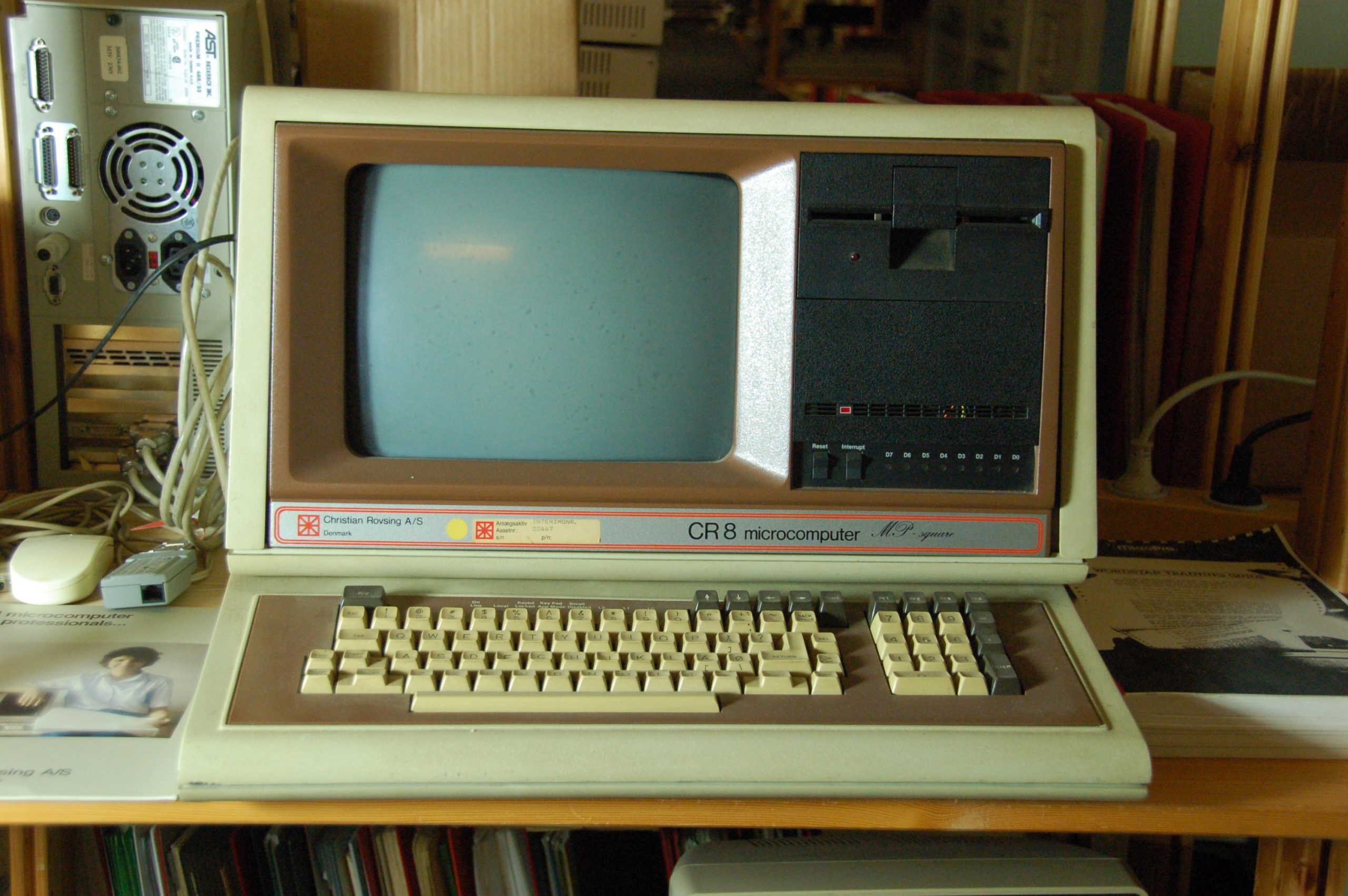
CR8 was built uppon the CD100-M integrated workstation from Callan Data Systems, this was an oem product where the end-manufacturer could build he's own cpu board into, and don't have to worry about basic peripherals.
The CR8 had both a Zilog Z80 and an Intel 8088 processor which made it posible to run software written for the two of the most populair microprocessors at the time.
Read more about CR8.
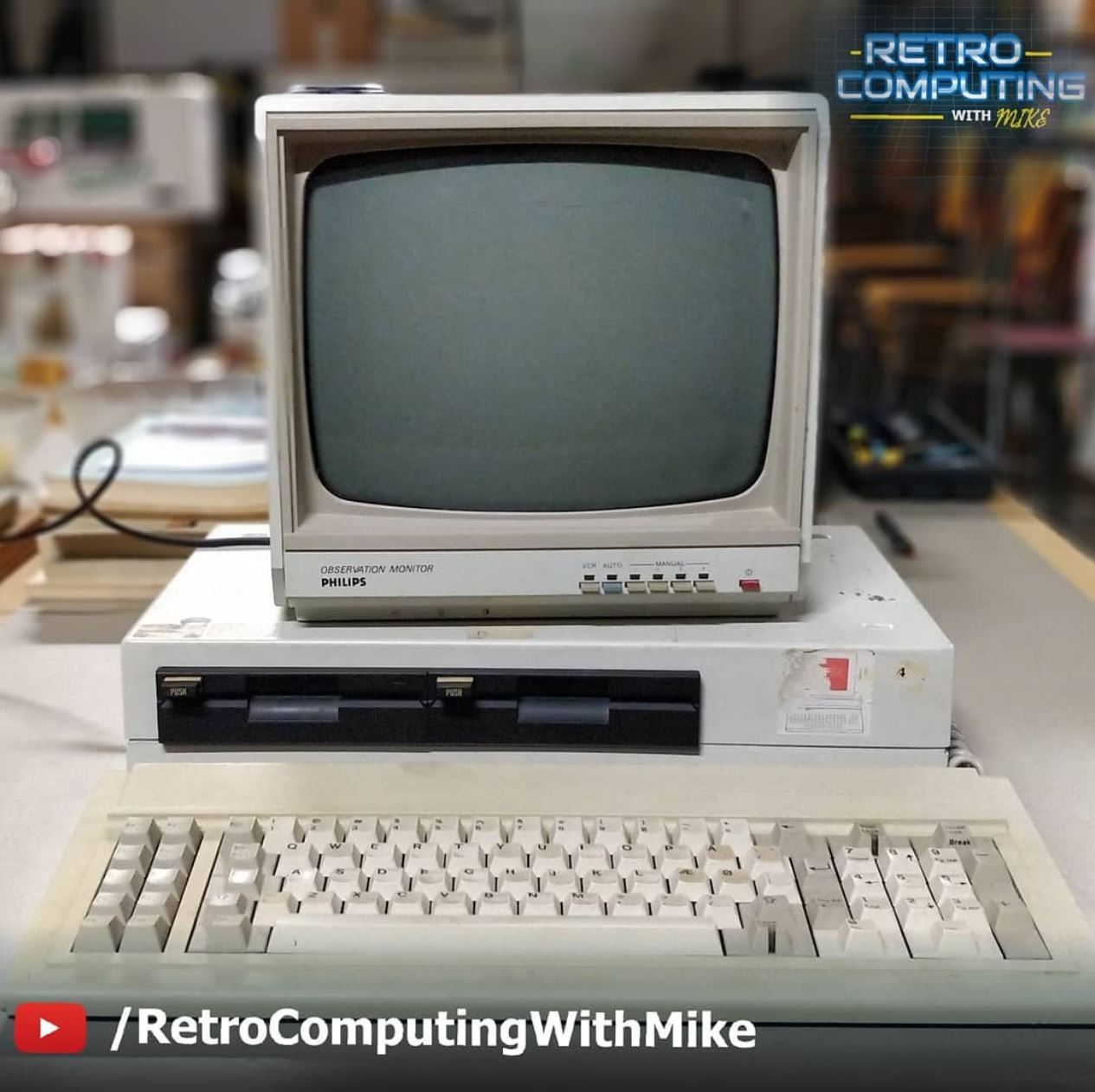
The machine consisted of a white metal box with no markings on it, two floppy drives and a generic composite monitor. The machines had two Zilog Z80 processors, and the floppy drives where 800k with the capability to read several different cp/m floppy formats.
It was built by a young high-school teacher and his wife in their home in the early 80’s, he just finished engineering school and took up teaching to earn some money, and when it was announced that the schools was about to start teaching computer-courses he’s colleagues suggested that he’d build some computers for the school, and so he did!
Only around 400 computers where ever produced before the creator realised that he would not be able to compete with the big players on the market.
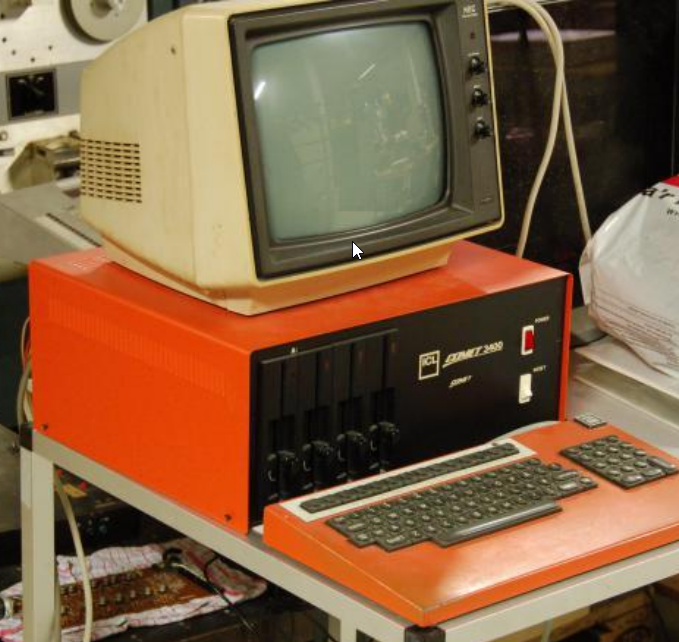
In 1983 he Comet had a make-over, higher density of floppies 160kb, and 64kb of default memory optionally up to 1Mb with bank-switching and/or ram-disk. It was also upgraded to the Z80a variant wich ran at 4mhz, which may not sound as much today but back then it was a doubling from the predasessor which ran at only 2mhz.
High resolution graphics also become an option and the keyboard got an overhaul, i don't know excatly what changed, but a 3000 keyboard will not work on a 3400 model.
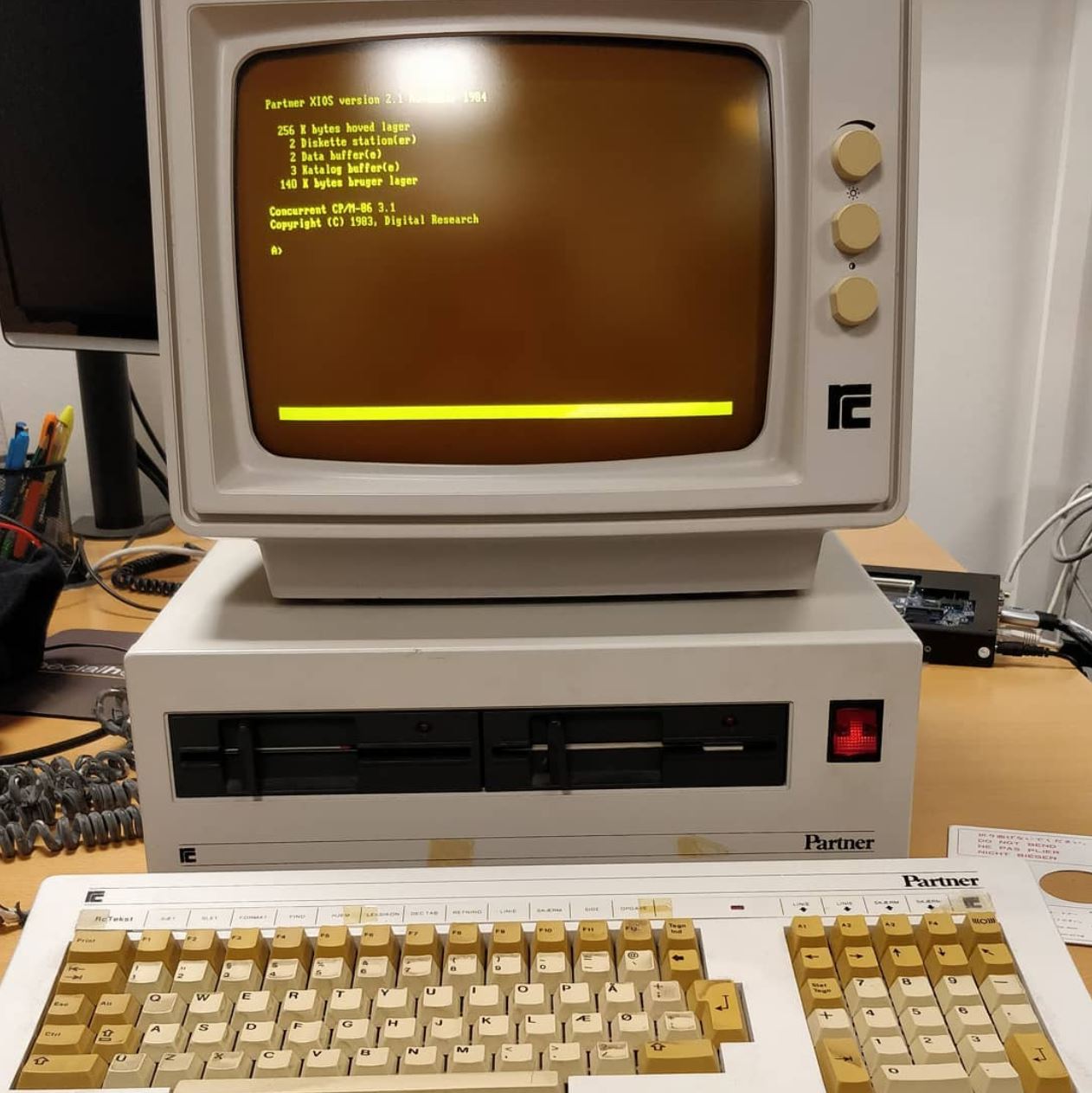
This machine was RegneCentralens attempt to compete with the IBM Compatibles, and honestly - if this had been one of them, an IBM Compatible, i truly think RegneCentralen would have been around today, because the machines where objectivly better than anything other IBM Compatible.
It was featuring an Intel 80186 processor, up to 768kb of memory one or two 1.2MB Floppy drives and a 10MB Winchester harddrive, integrated SCSI controller and optional CSMA/CD based networking which, among else, was able to provide Ethernet.
Multi-color and high resolution, for the time, graphics, three-tone-sound-generation, virtual consoles and multiple co-processors, this was really a powerfull machine in 1984!
The machine ran Concurrent CP/M 86, and in school settings one Partner could power up to three external terminals, each terminal would "cost" one of the virtual terminals, meaning that if you had a multi user system there was no multi-tasking.
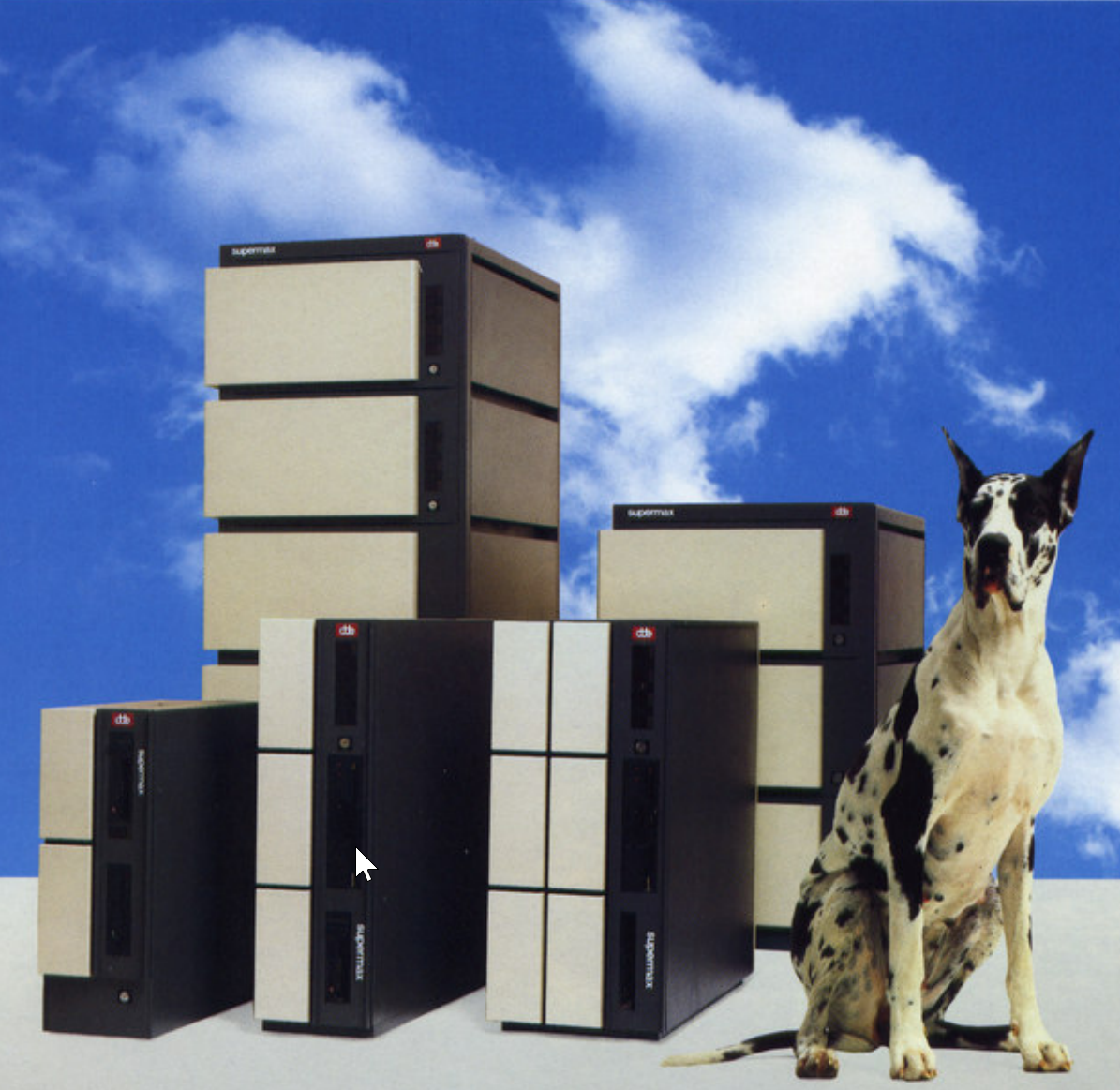
DDE SuperMax was based on Motorolas 16/32bit 68000 processor running their own UNIX derivative operatingsystem called SMOS, the machine supported more than one CPU making it possible to run the software made for prior generations of the platform.
Support for up to 256 users and option for integratin with IBM Compatible PC's, the operating system was later UNIX Certified, making it posible for the company to use the "UNIX" term in their marketing materials, combined with being the only European distributor of Oracle the SuperMax was a realy serious solution for medium sized businesses.

The James was another Zilog Z80 bassed computer, built by a small company in rural Denmark and marketed primarily towards smaller business in the area for who their demands could easily be satisfied with single user workstations.
Logic Design was an early adopter of the "Danmax System" by Damgaard Data, which was the precasesor to Concorde which where later sold to Microsoft and renamed to Microsoft Dynamic.
The company realized really early that they where a software company with a hardware department, not the other away around, meaning a lot of effort was expended making sure that they would have a large software library available for their customers once they bought into the eco-system.
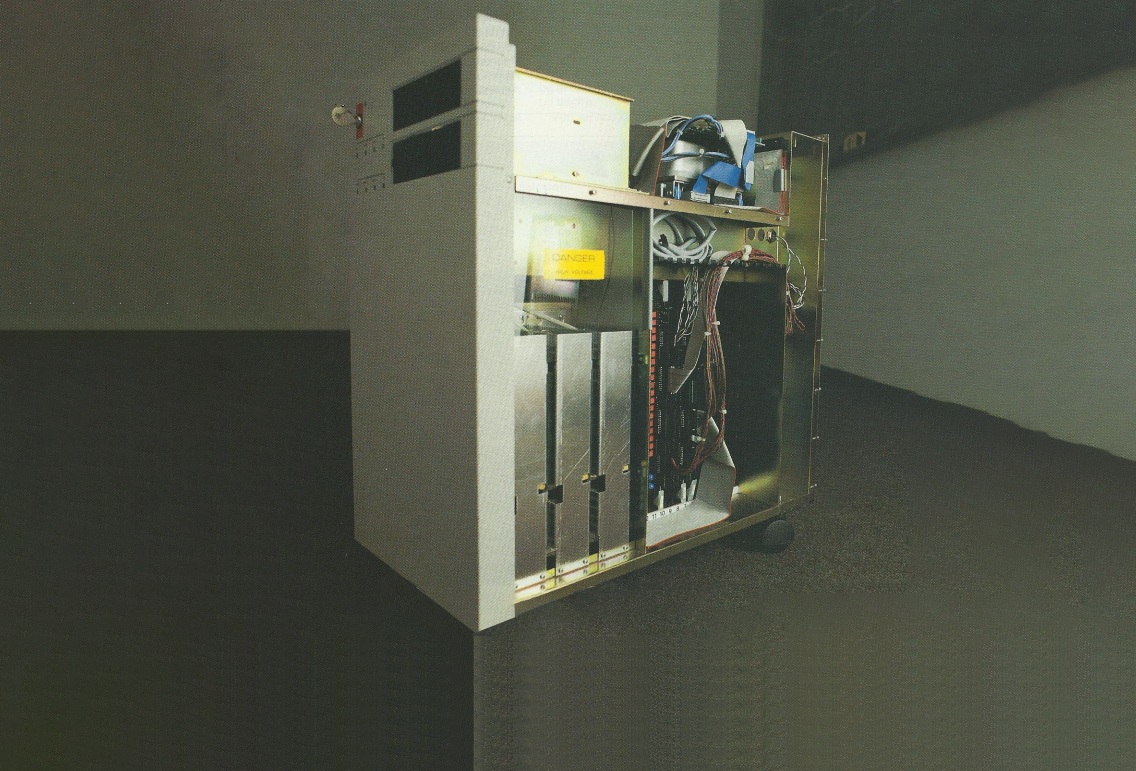
An Intel 80286 based mini-computer running the Xenix operating system, a UNIX clone. Besides from it's main processor it had several co-processors, and where sold in two configuration with up to 2Mb og meory, 32 terminal, 148 Mb harddrive and both running af 8MHz.
The price was 185.000 DKK which translated to 2015 DKK is about 450.000 DKK or 64.000 EUR, and only serves to show that RegneCentralen still had not understood that the market wanted small, cheap and efficient systems - not large and expensive ones like this.
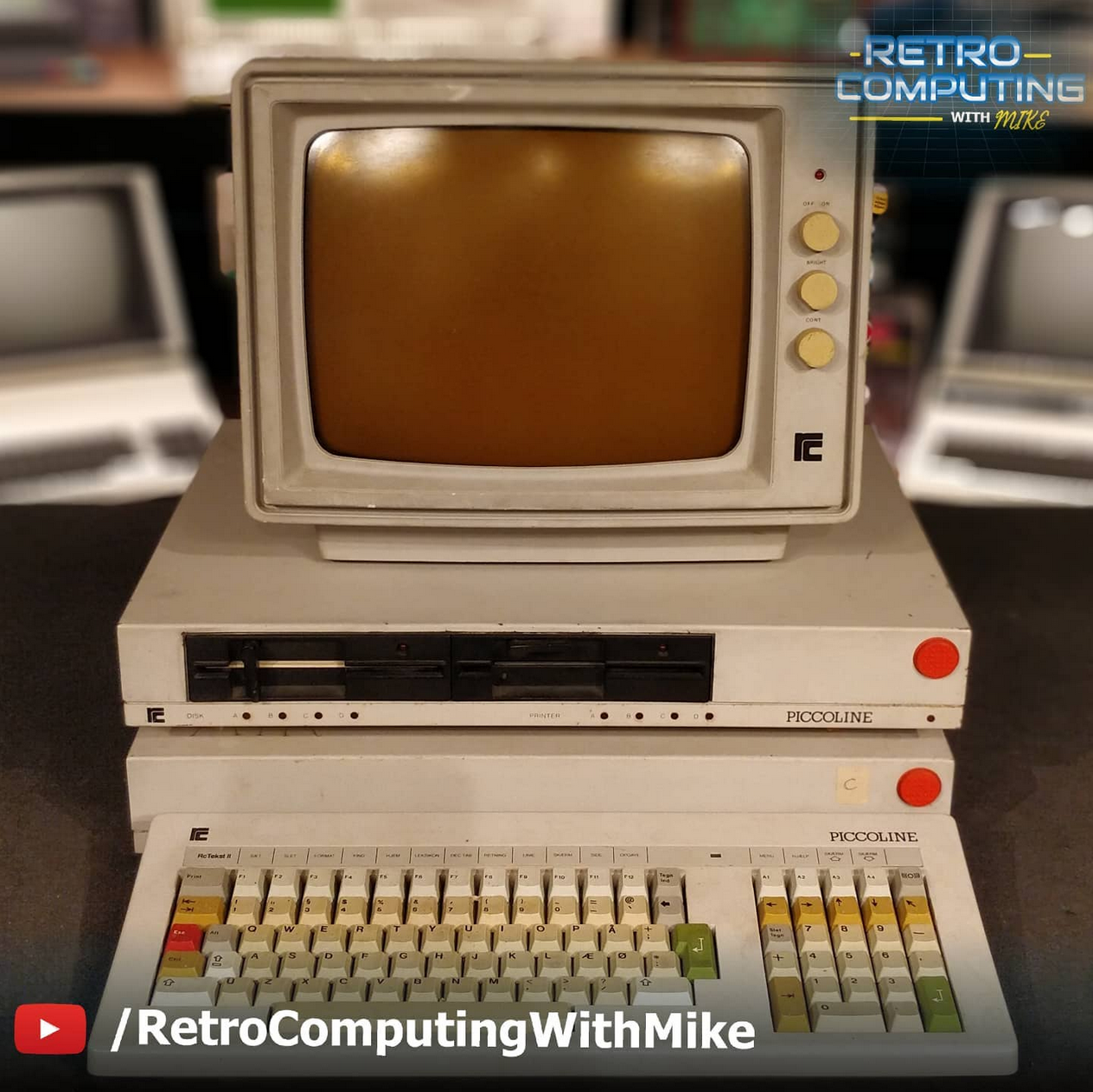
The Piccoline was ment to be a smaller sibling to the Partner, still with an Intel 80186 processor running concurrent CP/M, but the competition with IBM where still rough, in 1987 Concurrent DOS was adopted which made it posible to run a selection of DOS Software - but support for graphical DOS programmes where not added until 1989 by a third party company.
By then this was to little and to late, so the Piccoline was decomissioned in 1989.

While ICL tried to keep 8 bit alive on the client side, they very much tried to go 32 bit on the serverside with this 32 bit machine was based on the 32000 series CPU from National Semiconductors, had as 12MB harddrive and 2MB of memory and ran a version of the UNIX operating system called Genix.
Genix for the ICL Comet 32 was developed in cooperation with a Swedish software company, but that is about all I know about this system, I will need to do quite a bit of work on this system.

The CR16 was an Intel 80186 based 16 bit computer capable of running both MS-DOS and CCPM but like the Piccoline and Partner from RegneCentralen it wasn't 100% IBM-Compbatible, but had the ISA bus which made it possible to use the same expansion cards as the IBM Machines.
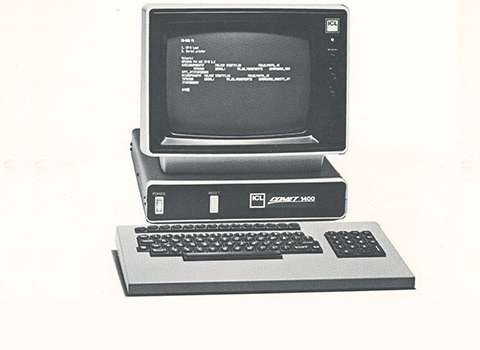
The MPS-1400 was a disk-less version of the MPS-3400 designed to work as a "terminal" for a multi-user setup where a MPS-3400 with a hard-drive would act as a server for the MPS-1400 with shared storage and printer, and individual memory and cpu in the "terminal".
It was however also possible to purchase an extra MPS-1400 cabinet containing a floppy drive so it could be used as a stand-alone system.
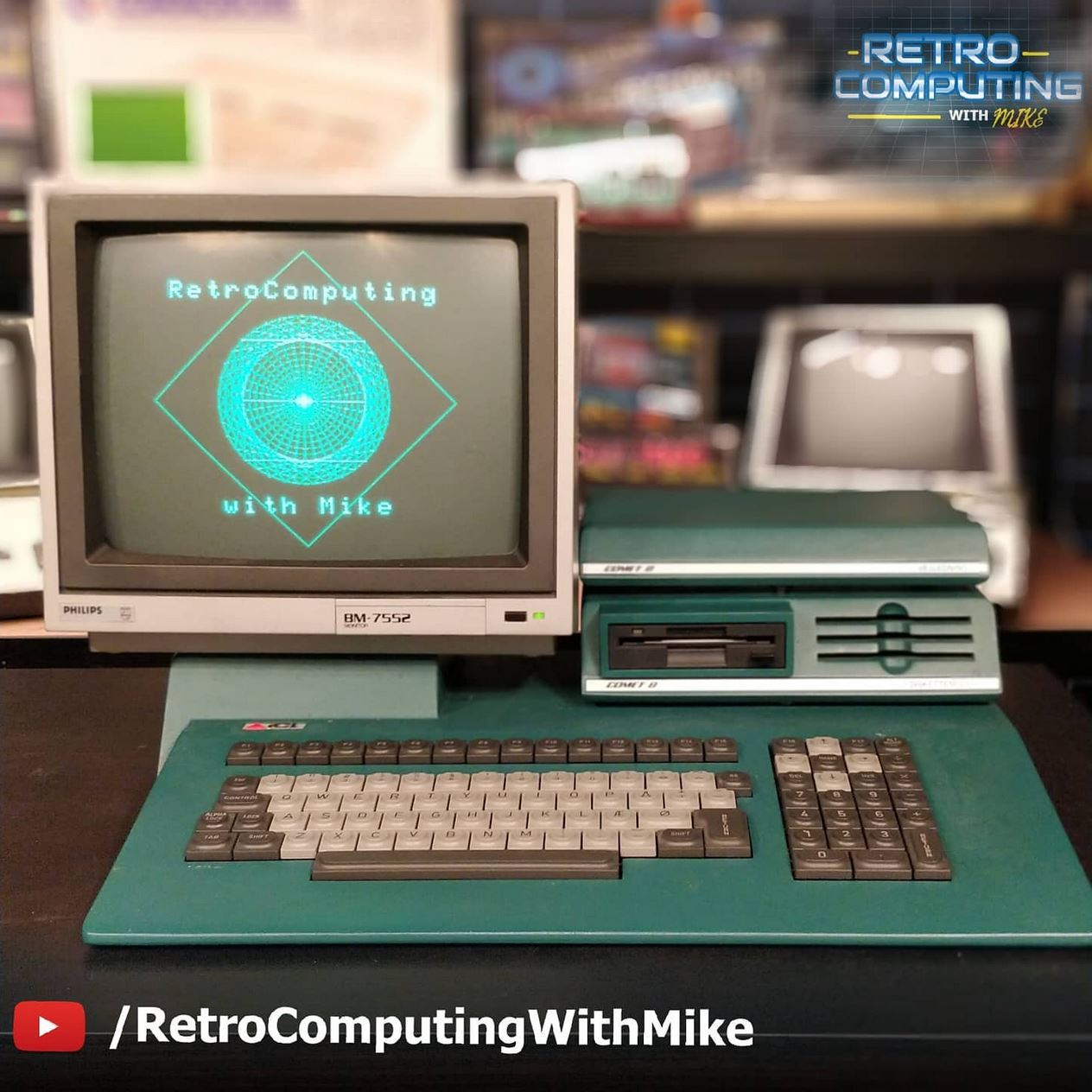
In this case ICL actually figured out what people wanted, this was a cheap, fully speched version of the ICL Comet 3400 in a form-factor that was easy to mass-produce, who looked good and had a huge catalog of software.
This machine was the quarter of the price of a fully speced Comet 3400, an on top of that you get a whole megabyt of memory, divided into 256kb for the processor using bank-switching, 256kb for the floppy-adapter and the final 512kb was used as a ram disk.
The 5.25" floppy drive from the Comet 3400 had been switched out with a more modern 3.5" with 720kb capacity, this was a huge improvement by any standard and in a world of CP/M, this was an insane amount of storage.
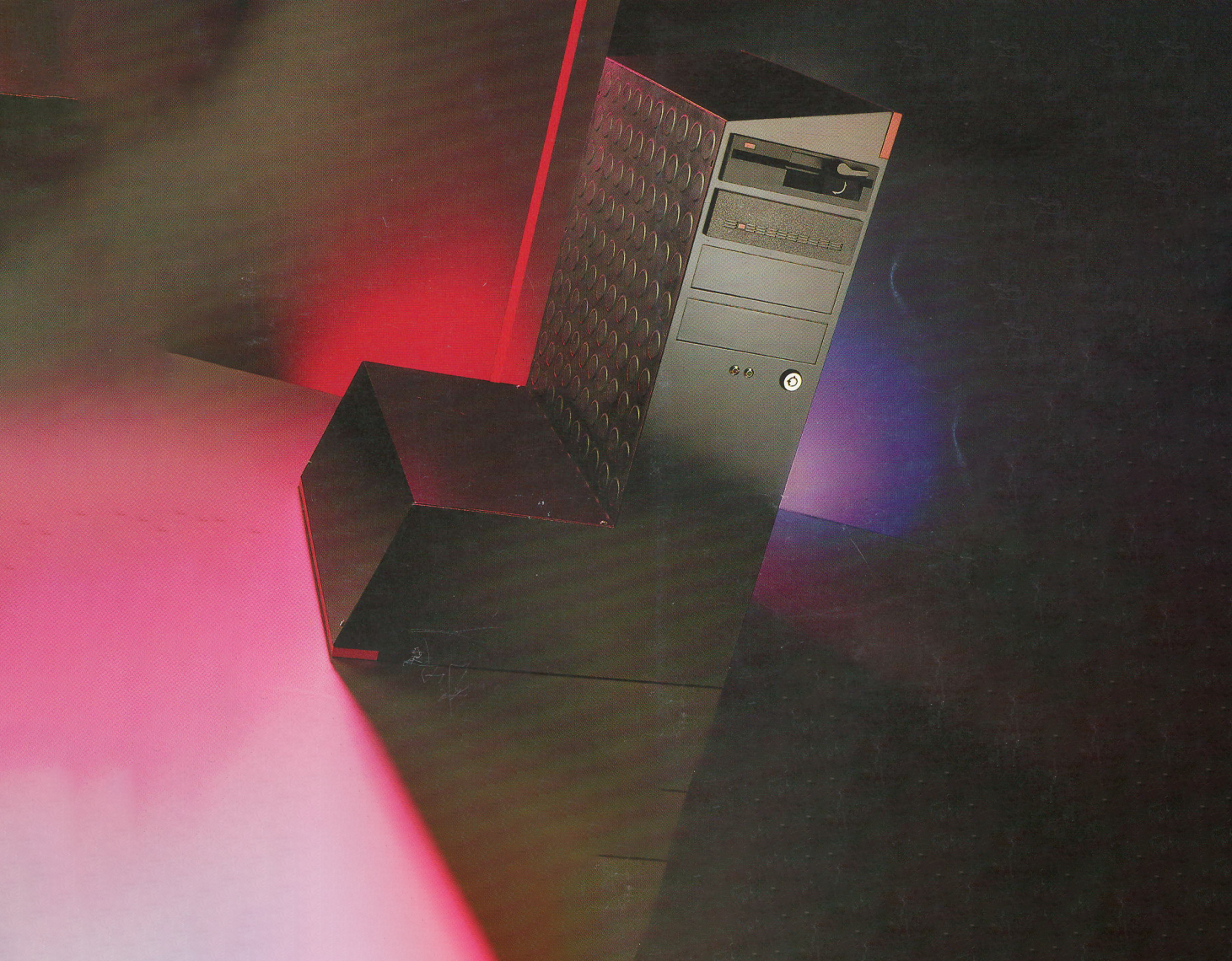
HH Electronic was the factory producing the Comet line of computers in cooportation with ICL, in 1988 they tried to launch a IBM Compatible with focus on "Danish Design and Quality", we don't know much about it - we don't have any preserved units ... so you can guess how well that wend.
After this venture HH Electronics changes and started producing bike-light and selling marine-electronics.
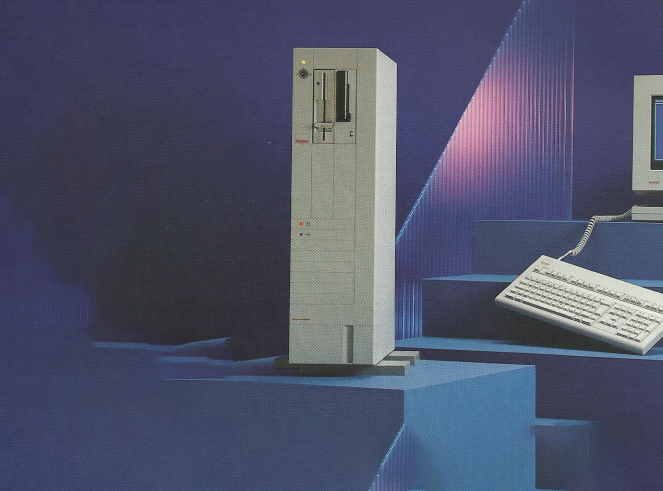
The RC900 was the last of its kind from RegneCentralen, it was in fact an Intel 80386 computer like any other - you could buy it and run MS-DOS and Windows Windows on it. However, hot take comming up: in order to justify the high price of 16.000€ in todays money, they branded it as "a unix workstation" and provided special hardware to allow connection off up to 16 terminals.
We don't know if it worked or how many they sold, but less than four years later in 1994, RegneCentralen was sold off to Fujitsu.
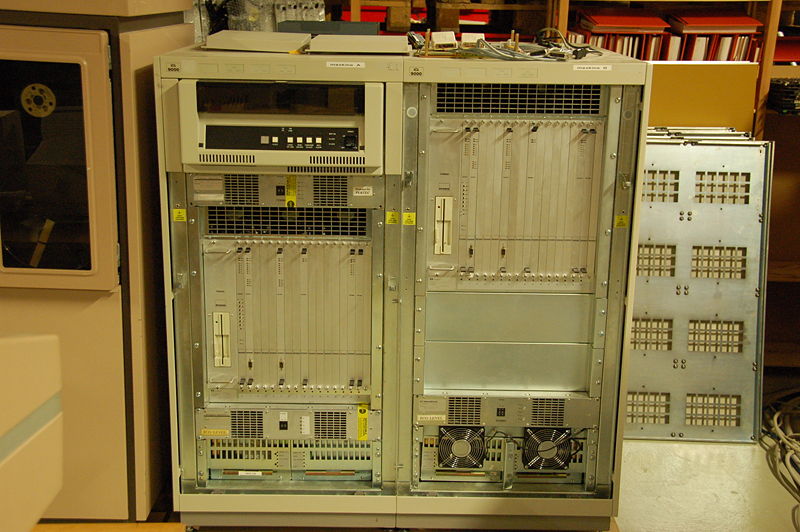
This was the last general computer from RegneCentralen, it was a UNIX system that was supposed to be backwards compatible with RC-4000 and RC-8000, but that didn't quite ended up happening, instead there would be two versions of the RC-9000, one for each application.
The UNIX variant wasn't really that populair, and most systems where sold as upgrades to older RC4000/RC8000 installations, as late as 1996 a large batch was sold to Turkey.
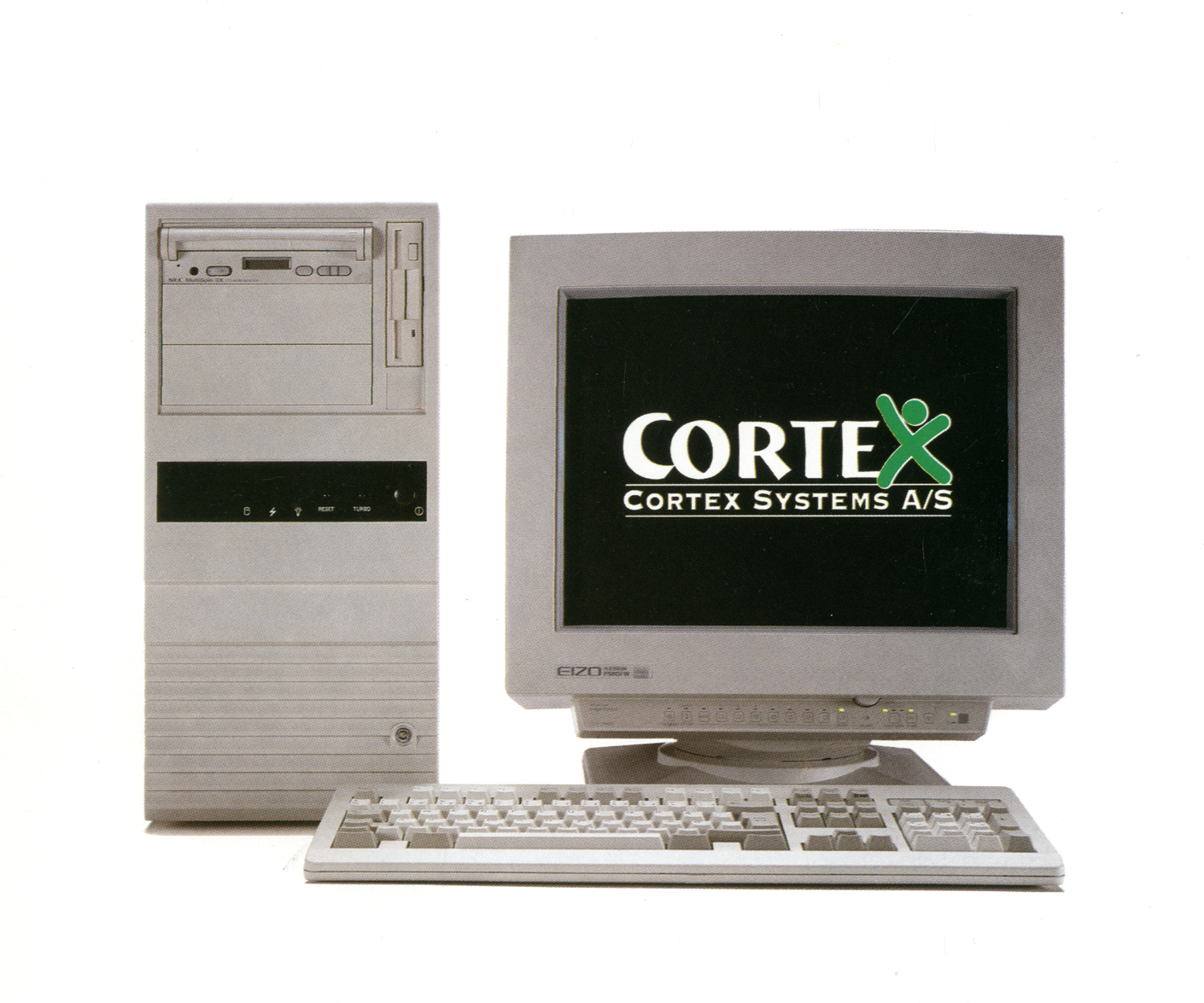
Intel Penium 66Mhz, 8-192MB of memory, 4 ISA and 3 PCI Ports, built in SCSI Controller, Ethernet, Audio, 3.5" and 5.25" Floppy drives, danish designed a built motherboard - fast, reliable and high quality - but also very expensive.
Used as a server in some of the first danish internet startups, marketed as "the fasted Pentium in the world" and "the first European built Pentium computer".
But as with everything else, we couldn't keep up with the production crunch from the east, and the company went bankrupt after only 4 years.
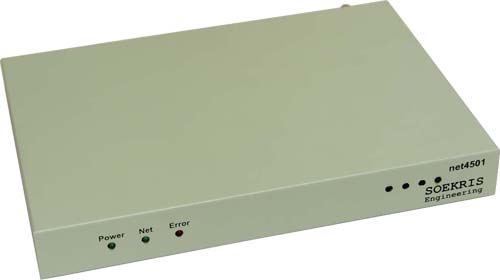
Soekris Engineerings 4501 are the first in a series of single-board-computer designed for varius embeded operations mainly networking stuff, based on the AMD ElanSC520 100/133Mhz CPU with between and 64MB SDRAM, CF Flash socket for storage, three 10/100 ethernet ports and the option of a wide range of network adapters through the integrated pci-socket.
It was designed for running Linux, OpenBSD and FreeBSD and a lot of software solutions and smaller companies rose up around the nifty peice of hardware, a handfull of iterations was released through the years until the preasure from the East became to much and they shut down production in 2017.